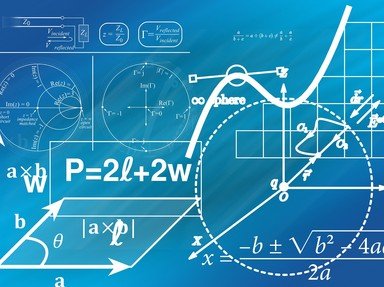Quiz Answer Key and Fun Facts
1. The approximation of the square root of 2 to five decimal places is given by which of the following numbers?
2. For practical purposes, which of the following fractions is being used as a rational approximation to the square root of 2?
3. It is known that the square root of 2 is a solution of the polynomial equation displayed in the photo. This being said, the square root of 2 can be classified as which of the following numbers?
4. The photo depicts an isosceles right triangle whose hypothenuse is given by the square root of 2. What is the length of the two shorter sides (denoted by the question mark in the photo)?
5. Which Greek philosopher, a follower of Pythagoras, is credited with the discovery of the irrationality of the square root of 2?
6. Greek mathematician Euclid provided an elegant proof on the irrationality of the square root of 2. The proof starts with the assumption that the number is rational and can be expressed in the form of the fraction a/b, where both positive integers a and b share only a common divisor of 1. After some algebraic manipulation and simplification, it turns out that the greatest common divisor of a and b is NOT 1. What is the name given to this method of proof?
7. The photo depicts an elegant property of the square root of 2. In words, the reciprocal of the square root of 2 plus 1, is given by the square root of 2 minus 1. Which algebraic formula is associated with this property?
8. The reciprocal of the square root of 2 is a ubiquitous mathematical constant in the fields of geometry and trigonometry. Which value of theta satisfies the mathematical equation depicted in the photo?
9. The square root of 2 can be found in many fields. The value gives the frequency ratio of a tritone interval. In which field of study would one encounter a tritone interval?
10. The dimension of this ubiquitous item is given by 297mm x 210mm (11.7 in x 8.3 in). The length-to-width ratio approximates the square root of 2. What item is being described?
Source: Author
Matthew_07
This quiz was reviewed by FunTrivia editor
rossian before going online.
Any errors found in FunTrivia content are routinely corrected through our feedback system.
